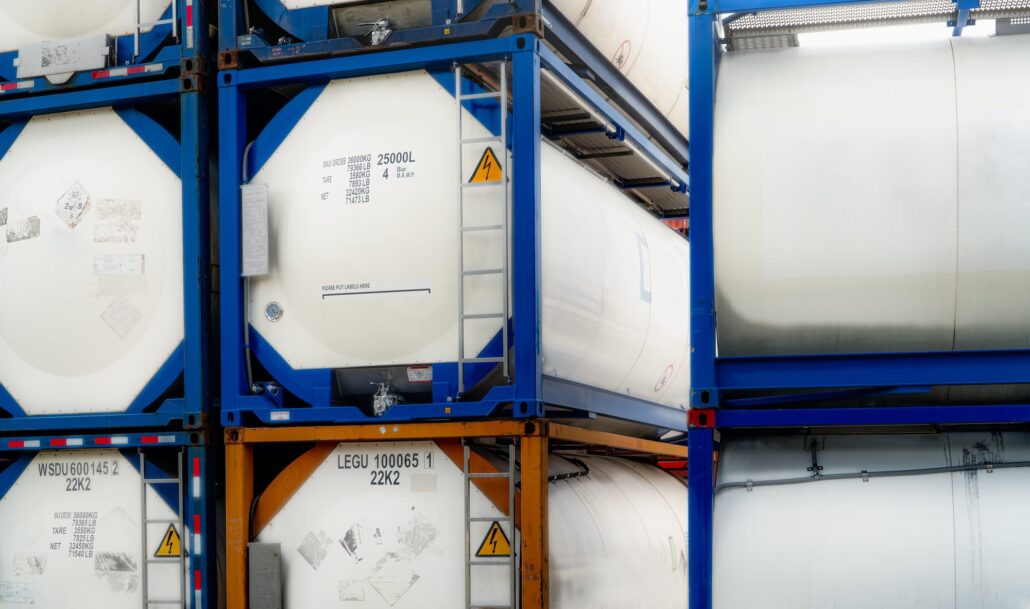WAIRE Compliance for Southern California Locations

If you own or operate a warehouse or facility with warehouse space in the area regulated by the South Coast Air Quality Management District (SCAQMD), you may be subject to the Warehouse Actions and Investments to Reduce Emissions (WAIRE) Program. The Annual WAIRE Report (AWR) is due January 31, 2025 for those locations with a warehouse size greater than or equal to 100,000 square feet and less than 150,000 square feet for the operating year of 2024.
Are You Ready for The New TSCA PFAS Reporting Requirements?

The U.S. Environmental Protection Agency (EPA) has published an extensive wide-ranging final rule that requires companies to report per- and polyfluoroalkyl substances (PFAS) manufactured, including imported, in the United States under the Toxic Substances Control Act (TSCA). This Rule does not solely extend to traditional chemical manufacturers but is inclusive of importers of products that contain one or more PFAS compounds.
Announcing the EPA’s e-Manifest Final Third Rule

The EPA Administrator finalized an amendment to hazardous waste manifest regulations under the Resource Conservation and Recovery Act (RCRA) with the e-Manifest Third Final Rule. This amendment is designed to encourage hazardous waste generators to adopt the electronic Hazardous Waste Manifest system (e-Manifest) to enhance compliance monitoring and improve access to information availability.
Toxic Release Inventory Reporting Process and Considerations

If you manufacture, process or otherwise use EPCRA Section 313 chemicals, then the Toxics Release Inventory (TRI) report may apply to your facility. In this article, we will cover the reporting criteria and process, exemptions, how to gather information, common pitfalls, EPA and state reporting, and penalties.
Understanding the Unpreventable Employee Misconduct Defense in OSHA Inspections

As a business owner or employer, prioritizing workplace safety is crucial. However, despite best efforts, accidents or violations can still happen. In such instances, understanding your rights and defenses under the Occupational Safety and Health Administration (OSHA) regulations becomes critical. One such defense is the Unpreventable Employee Misconduct Defense. In this article, we’ll explore what the defense entails, the criteria for application, and how you can use the defense to avoid certain citations issued by OSHA.
Managing OSHA’s Electronic Submission of Workplace Injury Data
In the ever-evolving landscape of workplace safety, OSHA’s Electronic Submission of Injury and Illness Data, also known as the ITA (Injury Tracking Application), plays a crucial role. This article aims to guide businesses through the intricacies of electronically submitting OSHA logs, focusing on who must submit, what to submit, and how to navigate the OSHA ITA website.
Navigating Tier II Reporting: A Comprehensive Guide to Compliance

Navigating Tier II reporting under the Emergency Planning and Community Right-to-Know Act (EPCRA) is crucial for industries dealing with hazardous chemicals. This comprehensive guide will walk you through the essentials of Tier II reporting, offering practical insights and guidance for compliance.
The Importance of the New EPA Storm Water Permit in Illinois

When it comes to protecting the environment and ensuring regulatory compliance, the Illinois Environmental Protection Agency (IL EPA) plays a crucial role. As part of their efforts, the IL EPA issues storm water permits to industrial sites. These permits, authorized under the Clean Water Act, are essential for maintaining water quality and preventing pollution. In this comprehensive guide, we will explore the significance of EPA storm water permits in Illinois and take a look at the new permit put into place on July 1, 2023.
Lockout/Tagout: OSHA’s Minor Servicing Exception

OSHA’s Control of Hazardous Energy Standard (29 CFR 1910.147), commonly referred to as Lockout/Tagout, was promulgated on September 1, 1989, and became effective on January 2, 1990. It is estimated that this OSHA standard prevents an average of 120 fatalities and 50,000 injuries each year. Employees performing maintenance, service, or repair tasks on powered machinery […]
NAICS Codes – Using Them to Improve Your Safety Focus

What are NAICS Codes? Since 1997, the North American Industry Classification System (NAICS), pronounced “Nakes,” has been a collaboration between the United States, Mexico, and Canada to provide statistical comparability amongst North American industries. It is a system that is updated every five years and is designed to group North American industries based on their […]
